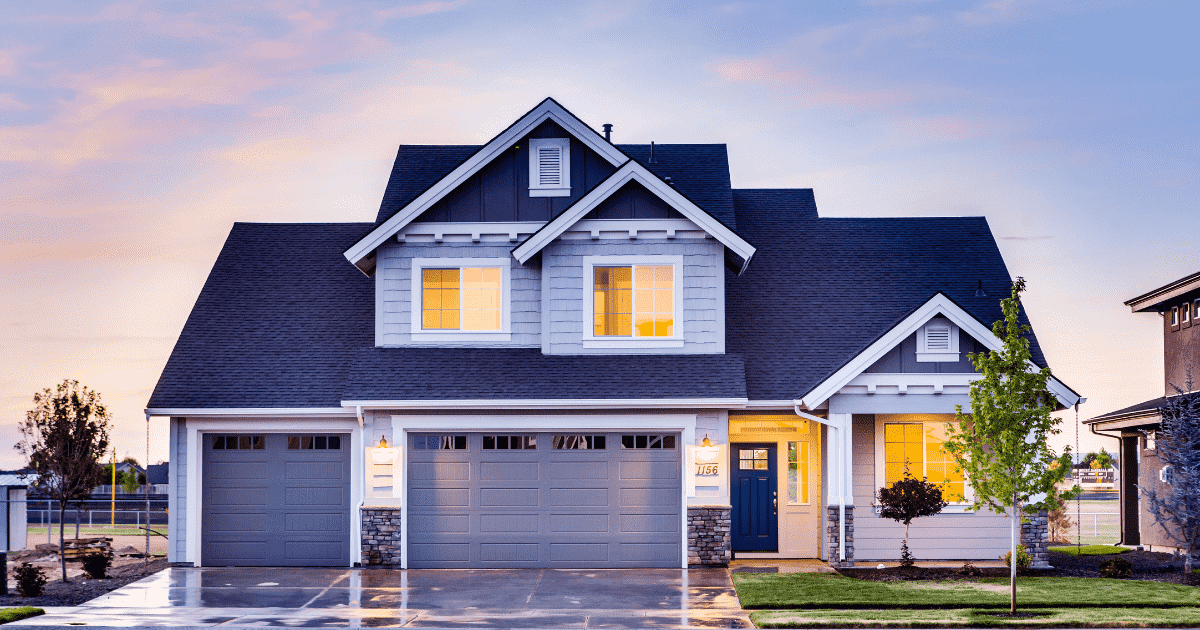Welcome to Ask A Stager, your regular staging advice column designed exclusively for real estate professionals. Whether you’re grappling with how to enhance the visual appeal of your listings or seeking innovative strategies to captivate your target audience, you’ve come to the right place. Ask A Stager offers you the opportunity to pose any and all staging-related questions and receive expert advice, for free.
No query is too big or small — if it’s about elevating the look of your real estate, we want to hear it and we want to help! Email your questions to ninadoiron@isodesign.ca
Whether you believe it or not, effective home staging is essential in today’s competitive real estate market. It helps potential buyers visualize themselves living in the space and can lead to quicker sales at higher prices.
However, staging is not a one-size-fits-all design; different types of properties require different approaches as well as furniture and accents. It’s best to avoid designs that clash with the home’s style. Instead, embrace the property’s unique features to enhance its appeal for buyers specifically looking for that type of home.
Here, we’ll discuss simple staging techniques tailored to various property types as well as what to avoid to ensure your staging efforts are cohesive and successful.
Modern new builds
Characteristics:
Today’s modern new builds tend to be sleeker in design, and often have open-concept floor plans, large windows and a minimalistic aesthetic.

Staging tips:
Maximize light. Use light, airy curtains or blinds/shades that allow natural light to flood in. Mirrors can also be strategically placed to reflect light and make spaces appear larger.
Declutter. Keep surfaces clear and maintain a minimalistic look to highlight the clean lines and open spaces typical of modern homes.
Neutral palette. Use neutral colours for walls and furniture to create a sophisticated backdrop. Add pops of colour through accessories like cushions, throws and artwork.
Contemporary furniture. Select modern, sleek furniture that complements the space’s architecture. Avoid overly bulky, dark or ornate pieces.
Functional spaces. Demonstrate the functionality of the space by clearly defining areas for living, dining and working. This helps buyers visualize how they can use each area. Strategic placement of furniture or area rugs can help define the different spaces.
What to avoid:
Overcrowding. Don’t fill the space with too much furniture or decor, as this can make it feel cluttered and small.
Personal items. Avoid leaving personal items out. They can distract potential buyers from imagining themselves in the space.
Traditional suburban homes
Characteristics:
Traditional suburban homes, built in the 80’s and 90’s, are synonymous with comfortable, family-friendly layouts, often with a mix of formal and informal spaces.

Staging tips:
Warm and inviting. Use warm colours and cozy textiles like plush rugs, throws and cushions to create an inviting atmosphere.
Highlight formal spaces. Stage formal living and dining rooms with elegant furniture and decor to emphasize the home’s traditional charm.
Functional family areas. Arrange family rooms and kitchens to showcase their practicality and comfort. Consider adding a few family-friendly touches like a game area or a cozy reading nook.
Connecting spaces. Widen doorways or remove doors to create a more open-concept feel.
Personal touches. Use tasteful decor and accent pieces to create a homey feel, but be careful in overdoing it with highly personal items and collectibles. You want potential buyers to imagine their own family in the space.
What to avoid:
Outdated decor. Avoid using large outdated furniture or decor that can make the home feel less appealing to young families and the modern buyer.
Over-personalization. While some personal touches are good, too many can make it hard for buyers to see past them.
Farmhouse properties
Characteristics:
Modern farmhouses exude rustic charm, large kitchens, wood elements and a cozy, lived-in feel.

Staging tips:
Embrace rustic elements. Highlight wooden beams, exposed brick and other rustic features as the focal point. Use wooden furniture and natural textiles to complement these elements.
Farmhouse decor. Incorporate farmhouse-style decor like mason jars, wooden signs and galvanized metal accessories.
Cozy and inviting. Create a warm, inviting atmosphere with plush textiles like quilts, woven rugs and soft cushions.
Functional spaces. Showcase large, functional kitchens with farmhouse sinks and ample counter space. Set up the dining area with a rustic table and pair with elegant dining chairs.
Outdoor areas. Stage outdoor areas with comfortable seating, a fire pit or a porch swing to highlight the property’s connection to nature.
What to avoid:
Too much clutter. Farmhouse decor can easily become cluttered. Stick to a few well-chosen pieces to avoid overwhelming the space.
Neglecting modern touches. While embracing rustic elements, don’t forget to include modern amenities that buyers expect, such as additional bathrooms or the addition of a powder room if one does not exist. While not all clients will want to take on this renovation, some will if they know that there’s a positive return on investment.
Lighting. Farmhouses tend to have a cozy and darker ambiance. Enhance the lighting by adding fixtures with dimmers to allow for more illumination in the evening, while still maintaining the warm and inviting atmosphere of the rooms.
Victorian-style homes
Characteristics:
Victorian-style homes have more ornate detailing, high ceilings, large windows and an eclectic mix of styles.

Staging tips:
Highlight architectural details. Emphasize unique features like stained glass windows, intricate mouldings and decorative fireplaces.
Elegant furnishings. Use furniture with classic lines and rich fabrics to complement the home’s ornate details.
Bold colours. Don’t shy away from using bold, rich colours that were popular in the Victorian era. These can be incorporated through paint, wallpaper or decor.
Mix styles. Embrace the eclectic nature of Victorian homes by mixing different furniture styles and periods. Just be sure to use a less-is-more approach while still maintaining an overall cohesive look.
Dramatic lighting. Choose chandeliers and ornate light fixtures to enhance the home’s dramatic feel.
What to avoid:
Overcrowding with antiques. While antiques can be charming, too many can make the space feel like a museum. Balance them with modern pieces while still making each room feel spacious.
Neglecting light. Victorian homes can feel dark. Ensure that all rooms are well-lit to avoid a gloomy atmosphere.
Effective staging is a critical component of the home selling process, tailored to highlight the unique features of each property type.
By following these simple staging techniques and avoiding common pitfalls, you can create inviting spaces that appeal to potential buyers and help your property stand out in a competitive market. Whether it’s a sleek modern space, a cozy farmhouse, or a grand Victorian, the right staging can make all the difference in your sale.
Got home staging questions for a future column? Submit them to ninadoiron@isodesign.ca

Award-winning Certified UltimateStager, redesigner and owner Nina Doiron is the principal at iSO Design. She provides an objective and experienced eye to attract more buyers and help sell for top dollar. She will also help you declutter and get organized. She says she will “inspire redesign ideas so that you’ll fall in love with your home again.” Call 416-993-0131.















